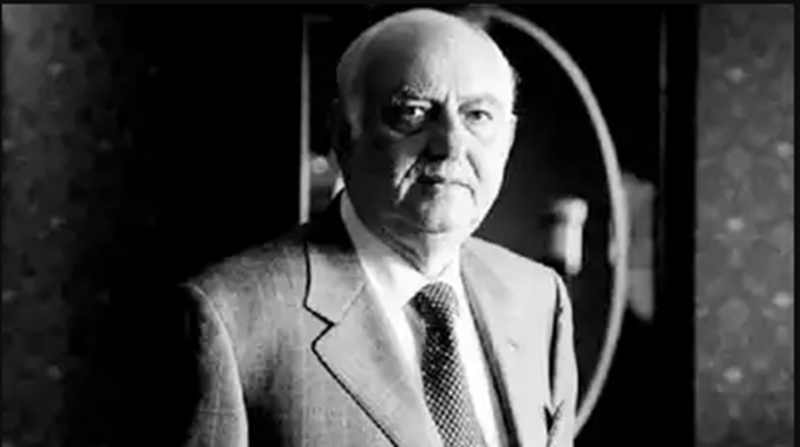MUMBAI: In a congested lane off Girgaum Road in south Mumbai, a nondescript old man dressed in simple white clothes would be seen frequently walking into the city’s oldest Parsi Atash Behram, the Dadysett Fire Temple, founded in 1783.
Not many passersby outside or the devotees inside would recognise one of India’s richest men, Pallonji Mistry, the head of the Shapoorji Pallonji Group, who passed away early Tuesday morning.
The late billionaire tycoon was emotionally and spiritually attached to this Atash Behram and would be found praying before the ancient fire on most days. “He has been visiting this fire temple since his father’s time, I guess well over 80 years. But due to indifferent health, he was not seen for some time,” a devotee, who knew him, told TOI.
On another occasion during the anniversary of the Atash Behram some years ago, Pallonji Seth came along with an assistant, who distributed Mava cakes to the devotees, recalled a lady who was present then.
“He was humble, spoke softly and was generous to a fault. The Pallonji family has donated generously for repairs and renovations of decrepit Parsi fire temples in Mumbai and Gujarat. But he also kept a low profile and never enjoyed the limelight,” said a person who did not wish to be identified.
It was Pallonji who expanded the construction business abroad, especially in the Gulf where he built the Sultan’s palace in Muscat in the early 1970s. Thus, his firm became the first Indian construction company to have completed the project. His father, Shapoorji died in 1975 at the age of 87, but Pallonji went on to execute large projects including the Sterling Apartments at Pedder Road, Dhirubhai Ambani’s residence Sea Wind at Cuffe Parade and the World Trade Centre (Cuffe Parade).
In her book ‘The Tatas, Freddie Mercury & Other Bawas’, the author Coomi Kapoor says it was perhaps Pallonji, and not his legendary father, who was the real brain behind the purchase of Tata shares. “It was only as late as 1980 that JRD grudgingly agreed to make Pallonji a director on the Tata Sons board…As a director, Pallonji made it clear he would abide by the decisions of the Tata management, offering little resistance to JRD…,” she says.
Pallonji’s father, Shapoorji Pallonji Mistry, lived in a small lower middle-class Parsi house with 11 siblings at Khetwadi, Grant Road in south Bombay. He executed his first independent job of constructing the Girgaum Chowpatty pavement over a century ago. Every day, young Shapoor and his father Pallonji would walk to work from home to save the two-anna tram fare. “He made a profit of Rs 2,000 on the footpath contract within six months,” said Jamsheed Kanga, who was municipal commissioner of Mumbai in the mid-1980s. Kanga, who passed away in 2020, dug into the Mistry family history and wrote an exhaustive chapter on Pallonji’s father as part of a compilation, ‘Parsis of the 20th Century’, edited by Nawaz B Mody.
It was another Pallonji (Pallonji’s grandfather) who had started a small construction firm in partnership with an Englishman, Littlewood, called Littlewood Pallonji and Company. It was one of the firms involved in constructing the Malabar Hill reservoir in 1887.
In 2006, along with his wife Patsy, Pallonji funded and set up a home for senior citizens of The B D Petit Parsee General Hospital, Mumbai.


Very informative article I was an inmate of senior citizen home for some years